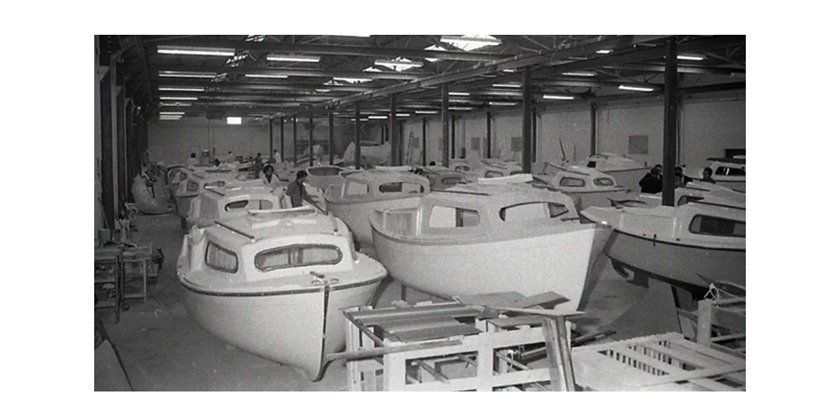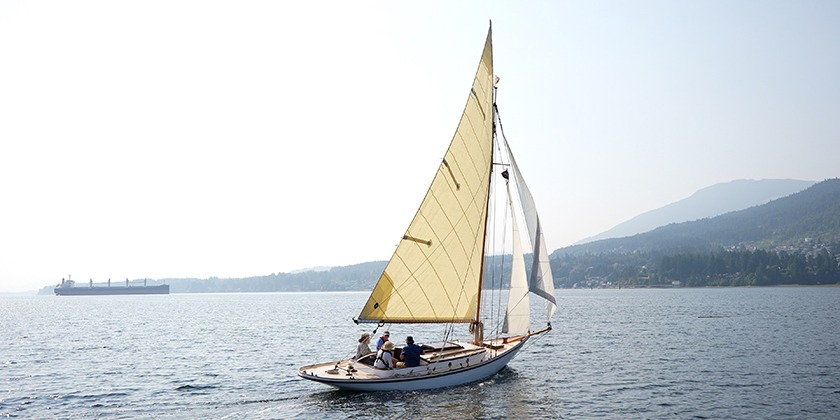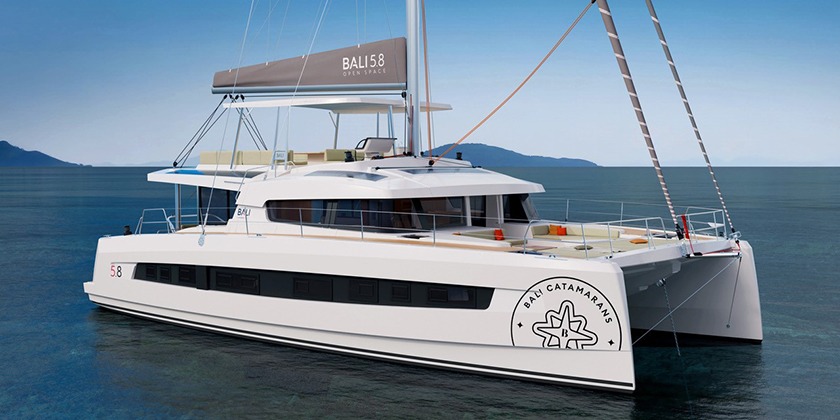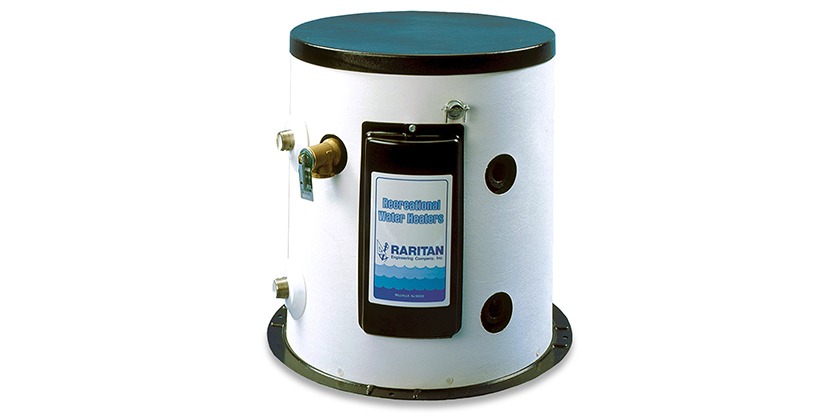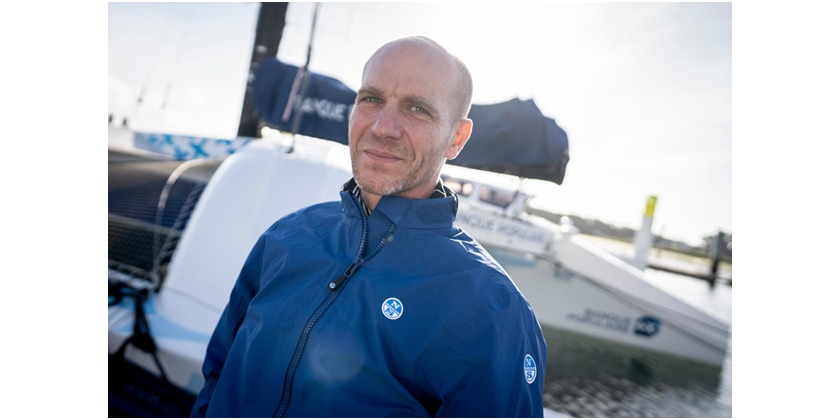FEW REMEMBER THE GERMAN NAVY’S ONLY ATTACK ON CANADA DURING THE FIRST WORLD WAR
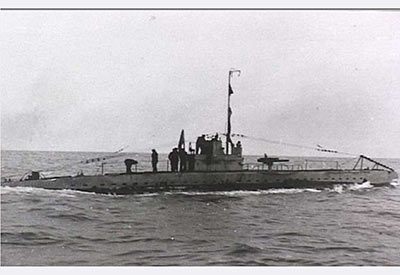
The First World War is seen by most Canadians as a conflict that took place “over there;” a struggle an ocean away, in the muddy fields of and France and Flanders. That’s mostly true, but just months before the war’s end a bizarre sea battle brought the war to Canada’s shores for the first and only time.
Archive photo, Imperial War Museum Not many people know the story of how an Imperial German Navy submarine caused havoc off the shore of Nova Scotia late in the First World War.
In August of 1918, Kapitanleutnant Richard Feldt of the Imperial German Navy guided his submarine, U-156, into Canadian waters in one of the most daring naval manoeuvres of the war. Feldt’s orders were as simple as they were bold: stop communications between Europe and North America by snipping the strategic trans-Atlantic telegraph cable that came ashore in Canso, Nova Scotia. That communications cable made tiny Canso one of the most strategically vital hubs on either side of the Atlantic and the focus of Feldt’s foray into Canadian waters.
Feldt was also ordered to cause as much “schrecklichkeit,” or fearfulness, as possible. The handsome, 36-year-old U-Boat commander had proven himself up to the task when he shelled the coast of New England and sank several freighters weeks earlier.
As U-156 inched its way toward the Nova Scotia coast, the crew of the steam-driven trawler Triumph loaded coal aboard the ship and prepared to leave Canso for the fishing banks off Nova Scotia. The 239-ton, steel-hulled Triumph was well-known in these waters because it was powered by an engine and not sails like the hundreds of wooden schooners that fished the banks. The belching black coal smoke from it’s funnel could be seen for miles.
It was just after noon on Aug. 20, 1918 when the crew of Triumph spotted U-156.
 “The captain and crew of the Triumph sighted the conning tower of a submarine, coming out of the water astern, 1.5 to 2 miles away. Five minutes later a shot was fired, landing in the water over port side about amid-ships. Engines were stopped, lifeboats manned,’’ states the U.S. Navy’s official post-war report on incident.
“The captain and crew of the Triumph sighted the conning tower of a submarine, coming out of the water astern, 1.5 to 2 miles away. Five minutes later a shot was fired, landing in the water over port side about amid-ships. Engines were stopped, lifeboats manned,’’ states the U.S. Navy’s official post-war report on incident.
U-boat attacks were a constant threat throughout the First World War. – Willy Stöwer, Wikipedia
The 11 crew of the Triumph were ordered into dories and told to row back to Canso. German sailors brought bombs and guns from U-156 to the Canadian ship. Triumph was now the first, and only German surface raider, to operate in Canadian waters. “The method used in this attack was entirely new,’’ noted the U.S. Navy report.
Triumph, now either flying a Canadian or Danish flag and manned by sailors of the German navy, headed to the fishing banks followed closely by the stealthy U-156.
One of Triumph’s first victim was the Gloucester schooner A. Piatt Andrew, which was fishing in Canadian waters. The schooner’s skipper told the U.S. Navy that when Triumph hailed him to heave to, he thought it was joke until “… four shots were fired across our bow from rifles. We brought our vessel up in the wind and the beam trawler came up alongside of us and I then saw that she was manned [by] German crew.’’
The Lunenburg schooner Uda A. Saunders was another score for Feldt. The vessel’s captain gave the U.S. Navy this description of the encounter: “The Huns hailed us and ordered a dory alongside. I sent two men out to her in a dory and three of the raider’s crew came aboard. ‘Don’t be afraid,’ said the one who appeared to be in command. ‘We are going to sink your vessel. I will give you 10 minutes to gather up food and water enough to last you until you get ashore.’”
Triumph’s tactics were repeated five more times off the coast of Nova Scotia. In most cases the German sailors boarded the schooners and rigged them with bombs that exploded when the fishing crews had started rowing back to Nova Scotia.
By now the tiny Canadian navy had dispatched several small ships to find and destroy U-156. And the press in Halifax was on to the story, running front page headlines about the “The Pirate Triumph” and “the Hun” mission to destroy the Atlantic fishing fleet.
The navy’s ships or sailors were no match for U-156. One Canadian patrol vessel did get close to the submarine, but the warship’s commander balked, allowing U-156 to submerge and escape. The Canadian captain was drummed out of the navy after being brought up on charges of not trying to damage or destroy the enemy.
Reprinted with permission from Rob Gordon, National Post
Originally published: November 3, 2014












